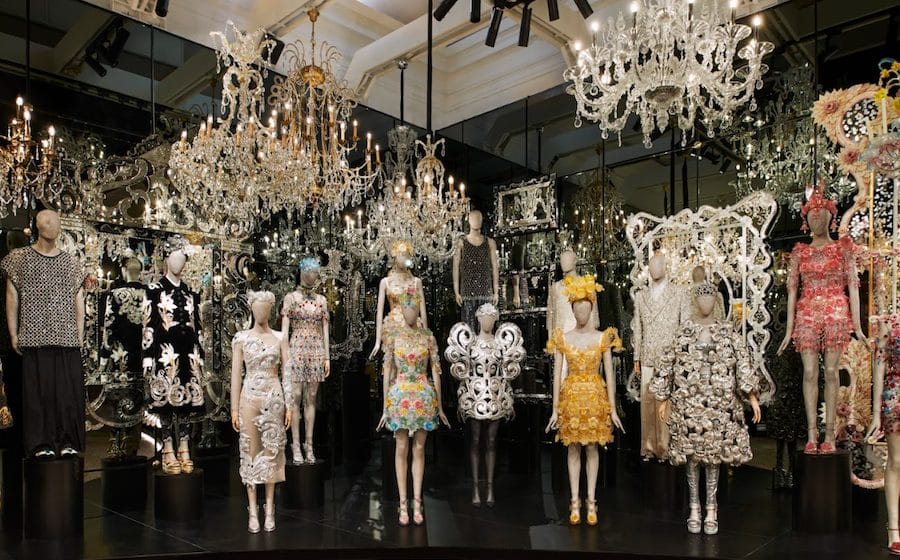When Tamae Iwasaki and Eitaro Ogawa had to move out of their spacious Seletar home nearly a decade ago, they were reluctant to consider a Housing Development Board (HDB) flat, which appeared cookie-cutter and unimaginative. But that changed when they visited a friend’s personalised home, one of 118 featured in their book HDB: Homes of Singapore.
At close to 700 pages, the tome is a collaborative labour of love. A meeting with Tomohisa Miyauchi, a senior lecturer at the National University of Singapore’s department of architecture in 2013 led to the four-year project. This has included efforts to raise funds to print the book, such as crowdfunding via the Indiegogo website and discussions with the National Heritage Board for grant money.
Underscoring the significance of these housing units to the cityscape and to the community, works by Singapore artists featuring HDB flats appear at the beginning of the book. In The Path Out, Yeo Tze Yang paints his path from his HDB flat to the outside world. Lim Shu Ning’s embroidered soft sculptures Same Same But Different looks at HDB flats as literal building blocks of the nation. Works by artists such as Ampulets, Chang Shian Wei, Hong Sek Chern, Hu Qiren, Lim Shu Ning, HEY KUMO and Samantha Agung Tio can also be found in this section.

The true stars of the book are the individual homes presented in short pictorial stories. These are arranged in the order the team visited the homes. To expect the book to showcase the best of interior design would be missing the point. Each entry is a glimpse into the private life of the homeowners. Instead of contrived perfection, the photographs capture real life, with unmade beds, cluttered tables, dusty corners and children’s toys on the floor. These relatable realities of daily life are unabashedly, almost lovingly portrayed.
On home visits, Miyauchi oversaw taking photographs, while Iwasaki and Ogawa would talk to the homeowners to find out more about them and their homes. Speaking to the couple in their comfortable and quirky HDB flat at Bukit Panjang — their daughters’ drawings are on the wall and the dining table is made from a door — they noted that for some entries, the viewer is left to imagine what the homeowners look like, while in others, they are seen in the photographs as visual reminders that it is people who turn an apartment into a home. The succinct introductions, made up of observations and musings to contextualise each entry, are penned by the couple in English and Japanese, and translated into Chinese. These thumbnail paragraphs range from the whimsical to the wistful.
In the entry titled Pink is the Colour, it reads: “This flat is rented by two young women. The owner of the pink room is passionate about fashion and her repertoire has no bounds. Her exquisite fashion never fails to surprise us.” Another, titled 40 years, is set in a different tone: “A flat that has been kept in its original state for more than forty years. Such flats are very rare. We do not know when this flat will be demolished. It follows a couple’s life stage from marriage to seeing children grown up.”

Ambitious in its scope, ‘HDB: Homes of Singapore’ deftly delivers the message that beneath the tidy, uniformed façade of Housing Board apartment blocks is diversity and individuality to be discovered and celebrated. It is a fascinating, eclectic collection of people’s lives and how they have built and shaped their homes based on their unique lifestyles and preferences.
The project has taken on a life of its own and extended beyond the book. Photographs from the book formed the centrepiece in 81 illuminated lanterns at the Singapore Pavilion, titled Space to Imagine, Room for Everyone at Venice Biennale’s International Architecture Exhibition last year. It was co-curated by Miyauchi, along with Wong Yunn Chi and Teo Yee Chin. When the book was launched at National Design Centre in early March as part of Singapore Design Week, visitors could view some of these exhibits at the centre’s gallery space.
All in all, the book is a treasure trove that is a pleasure to flip through, and it is also a timely record of how far HDB flats have come in the 50-odd years since Singapore embraced urban living. More importantly, it is a celebration of the creativity of the people who live in these spaces and make them all their own.
‘HDB Homes of Singapore’ can be purchased from Kinokuniya, Super Mama, BooksActually and Kapok at National Design Centre at $53.50 (inclusive of GST).
This article was written by Nadya Wang.








